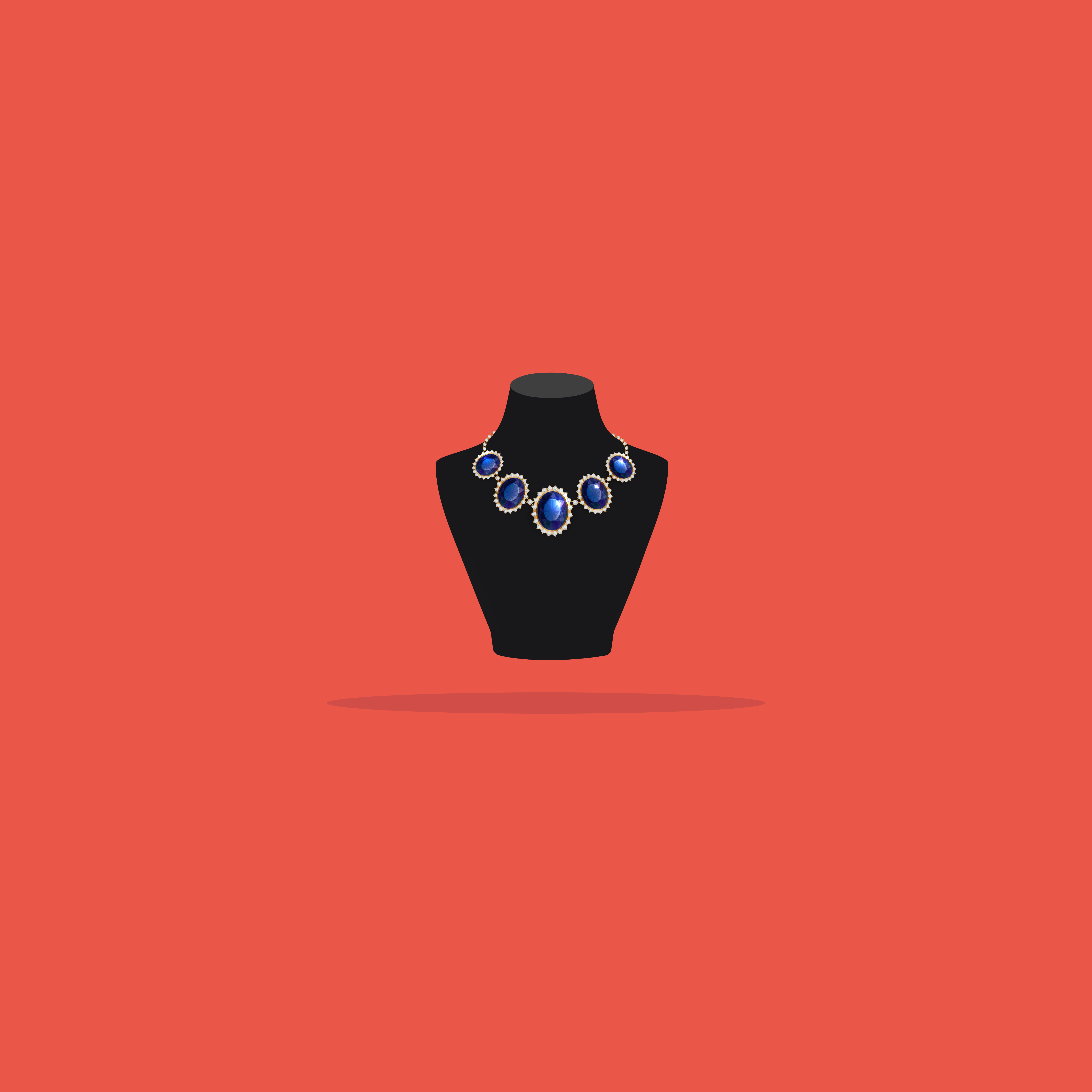Our websites use cookies. By continuing, we assume your permission to deploy cookies as detailed in our Privacy Policy.
Cosmetics Industry: New Trends and the COVID-19 Effect
Before COVID-19, the beauty industry (skincare, colour cosmetics, hair care, fragrances, and personal care) was an industry where consumers were used to trying products physically and buying them from physical stores. Therefore, with the pandemic hitting, sales became weaker and resulted in the closure of stores. However, it recovered faster than other industries, such as apparel. Especially with health and sanitiser products, the cosmetics industry benefited greatly from the pandemic.
COVID-19 Impact on the Cosmetics Industry
Digital Transformation
Beauty companies that have outperformed during COVID-19 have a solid digital presence. One company, which operates over a global retail estate but has a strong online presence, stated that the transition from brick-and-mortar to online was “seamless” during the lockdown and that sales had increased since the start of COVID-19. Another online-only beauty retailer described the year-over-year sales as growing by 80% to 100%.
Furthermore, beauty companies that primarily operate in the D2C subscription area have fared well. Not only do fewer overheads result from a purely digital channel, but a subscription model also ensures revenue security.
Forward-thinking firms have also stepped up to provide online beauty and styling tips. Brands, for example, released a series of videos on Instagram that gave tips on anything from setting textured hair to styling grown-out haircuts, and the videos received a lot of attention. In addition, since the lockout began, MAC’s Virtual Try-On function, which allows buyers to try on 200 eyeshadow and lipstick hues, has seen a threefold spike in user activity. Meanwhile, COVID-19 has provided a significant potential for online beauty platforms as manufacturers increase their exposure on third-party sites to reach a larger audience.
The Rise in Skincare and Health Products
While colour cosmetics remains the most popular beauty category, it has witnessed a predictable decline in income due to several lockdowns. However, sales of skincare products increased in 2020, with L’Oreal’s Active Cosmetics segment reporting an 18.9% increase in revenue over 2019. La Roche-Posay, on the other hand, grew by double digits for the seventh time in ten years. In 2021, skin health will be a significant emphasis for both businesses and customers, with continued growth projected as the year unfolds.
Social Media Impact
Cosmetics firms today have even more chances to contact and engage their target audience online because of the increased usage of social media, apps, and technology. As a result, some brands resort to innovative marketing methods that focus on authenticity and openness and promote Gen Z’s values to reach and engage new, younger audiences in a more meaningful way.
The beauty business, which opted to get on the TikTok bandwagon to reach a younger audience, focused on creating two-way interactions and light-hearted content. Instead of rehashing outdated marketing strategies, firms will have to do social listening and engage in discussions with their customers in the future to learn what matters to them. In addition, to be relevant in today’s ever-changing digital landscapes, cosmetics brands will need to focus on storytelling and innovative content forms to engage consumers.
With social media platforms like Facebook and Instagram providing in-app buying alternatives like Facebook Shops, cosmetics companies are under more pressure than ever to stay on top of counterfeit product sales. Counterfeit items on social media have grown quite common, costing the cosmetics industry an estimated $75 million per year.
Importance of Innovation
In the face of the pandemic, organisations in the beauty industry must remain stubbornly focused on innovation and new product creation even as they juggle survival and trade strategies for the new normal. Faster, more forward-thinking enterprises will outrun organisations that do not prioritise innovation as customer behaviours change rapidly.
This situation creates a significant opportunity for contract beauty makers to collaborate with retailers and brands to foster creativity and innovation.
New Trends of the Cosmetics Industry
1. Personalised Beauty Products
According to a survey conducted by Epilson, 80% of consumers are more inclined to buy a product if the business offers personalisation, and 90% find personalisation appealing. As a result, retailers have introduced online quizzes and virtual try-on tools to produce a customised recommendation for eCommerce customers in an attempt to replace the in-store customisation experience.
Because of the popularity of personalisation, online retailers are likely to continue to adapt and modify the option for customers to build a personalised recommendation before purchasing beauty items.
2. Using Augmented Reality (AR) to Try on Products
Most businesses have acclimated to the digital age, and others are getting ready to launch. AR has already landed and is sophisticated enough to play a crucial part in a company’s digital transformation. The cosmetics business has already begun to use AR as part of its digital strategy.
L’Oréal, MAC, Estee Lauder, Smashbox Cosmetics, and Bobbi Brown Cosmetics have previously announced their collaboration with ModiFace (bought by L’Oréal) and released their own beauty applications. Users can virtually explore a variety of beauty products before buying them by scanning their face with a camera and applying goods in real-time settings, thanks to a combination of face tracking and AR visual overlay.
3. Beauty Subscription Services
While many subscription-based businesses initially experienced a dip in revenue, consumers understood that they would be spending a lot of time at home and that it would be a good opportunity to focus on self-care by mid-March. Unsurprisingly, this sociological shift positively impacted the beauty industry – at least for those who adapted and adopted the concept of subscription services. The pandemic has only expedited that subscription boxes are the future of eCommerce.
Consumer behaviour has evolved; they now expect items to be available, on-demand, and even personalised from the comfort of their own home. As a result, brands must adapt and discover ways to do so while maintaining a connection with their customers, winning their loyalty, and encouraging them to share the news.
4. Creating Brand Stories and Authenticity
Consumer expectations of brands have shifted in recent years. Today, consumers seek genuine companies with a solid mission and a clear stance on essential topics. “Brands have developed a considerably better sense of purpose and have become better at identifying what they stand for,” one executive said. “Beauty is in an intriguing area of change,” said another executive.
Customers no longer want to hear that a product will alter their lives; instead, they want to know that they’re buying from a trustworthy brand that will make them happy.” Since lockdown, when brands doubled down on communicating with customers online, the topic of brand authenticity has accelerated. In the future, we may expect authentic communication and clear messaging to be at the forefront of the post-COVID-19 era.
5. Sustainability
Sustainability and transparency are the top goals for beauty businesses due to COVID-19. The pandemic highlighted the drawbacks of not understanding the supply chain. In addition, it exposed the flaws in many companies’ supply chains, including their vulnerability to demand fluctuations and their reliance on a worldwide supply network.
Above all, COVID -19 has demonstrated the need for simple, agile, and adaptable supply networks that can pivot quickly – and beauty businesses that can precisely identify where improvements are needed will win.
The winning companies will invest in their supply networks in the future, particularly in terms of openness. This is critical for two reasons. First, this openness policy will help reduce risk and better prepare for future emergencies from an operational standpoint. Second, customers have become more demanding of supply chain transparency, particularly at the higher end of the market, as they seek to support businesses that use sustainable and ethical production techniques.
Furthermore, with a global recession on the horizon, beauty companies must prepare for clients who are increasingly considering crucial topics such as sustainability, diversity and supply chain transparency when making purchasing decisions.
6. Influencer Marketing
People all across the world are increasingly getting connected as technology advances. As a result, cosmetics firms must develop more engaging strategies to get through the noise when marketing to Gen Z, especially after COVID-19.
Many B2C firms’ digital marketing strategies are increasingly incorporating influencer marketing. Influencer marketing is especially useful in the cosmetics business, where consumers rely significantly on social media to purchase online. However, brands should seek out influencers suited for the brand and have similar ethics and values to market their products.
Wrapping Up
From virtual try-on to ingredient transparency, the most significant technological advancements have left their mark on the beauty industry in a short amount of time, and prominent brands have been undergoing high-tech overhauls for the past few years. COVID-19 appears to be on track to accelerate this trend, requiring firms to integrate technology into both their retail and product offerings.
It is anticipated that brands will spend extensively on digital try-on technology as fewer people visit stores and thus cannot physically test out a product. One US shop stated that one of their top priorities was discovering digital solutions for skincare diagnostics and cosmetic testing.
It is expected that retail’s tactile features will be affected for a long time, even in-store. Therefore, companies should concentrate their efforts on locating solutions in-store. One beauty executive, who oversees a multinational beauty conglomerate’s Russian operations, cited the use of contactless perfume testers as an example but added that each was highly expensive to operate.
As a result, COVID-19 appears to be heralding the start of a new age of M&A activity in the beauty sector, with multinationals acquiring technological companies that may help them with their digital transitions.








